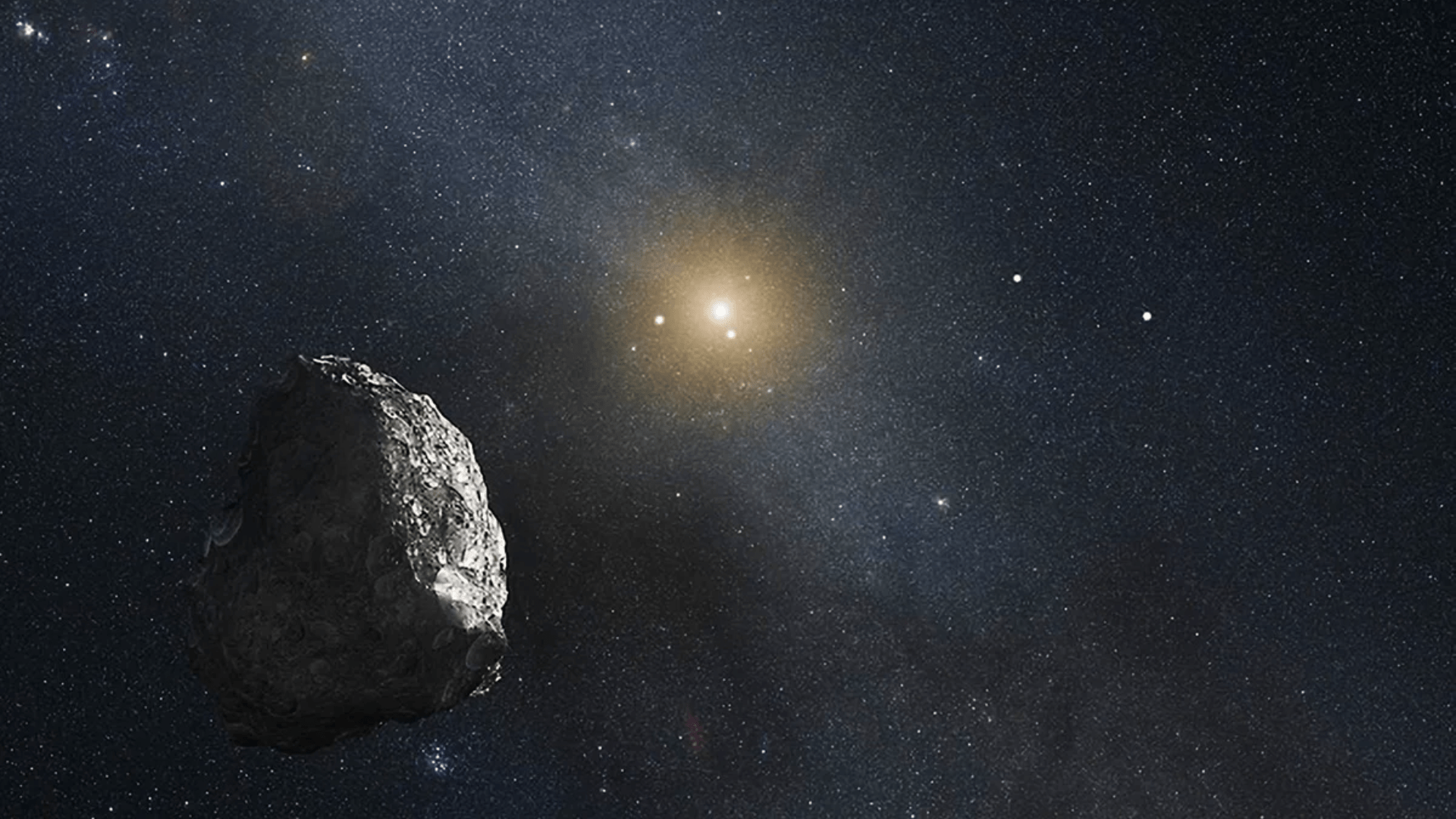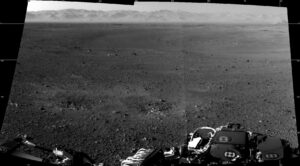Scientists have observed carbon dioxide and carbon monoxide ices at the far reaches of our solar system for the first time. The observation was made possible using the infrared spectral capabilities of the James Webb Space Telescope (JWST).
The researchers analyzed the chemical composition of 59 trans-Neptunian objects (TNOs), which are small planetary bodies whose orbits are outside the orbit of Neptune and are located in the Kuiper belt.
They found that carbon dioxide ice is abundant in the cold outer regions of the protoplanetary disk, the huge spinning disk of gas and dust from which the solar system formed.
The research team was led by planetary scientists Mario Nascimento De Pra and Noemi Pinilla-Alonso of the University of Central Florida’s Florida Space Institute (FSI).
Finding to expand our understanding of the formation of the solar system
“This is the first time we have observed this region of the spectrum for a large collection of TNOs, so in a sense everything we saw was exciting and unique,” says de Pra, who co-authored the study.
“We did not expect to find that carbon dioxide is so ubiquitous in the TNO region, much less that carbon monoxide is present in so many TNOs.”
The research could expand our understanding of the formation of our solar system and how celestial objects may have migrated.
De Pra emphasized that these findings could provide important constraints on where these objects formed.
“How they reached the region they inhabit today, and how their surfaces developed after their formation.” Because they formed at greater distances from the Sun and are smaller than the planets, they contain pristine information about the initial composition of the protoplanetary disk.
CO2 detected in 56 TNO
According to the study, researchers reported detections of carbon dioxide in 56 TNOs and carbon monoxide in 28 (plus six with questionable or marginal detections) of a sample of 59 objects observed with JWST.
They found that carbon dioxide was widespread on the surfaces of the trans-Neptunian population, regardless of dynamical class or body size, while carbon monoxide was only found in high-carbon objects.
The researchers say the presence of carbon dioxide and carbon monoxide on TNO opens up many opportunities to further study and quantify how or why it is present.
“The discovery of carbon dioxide on trans-Neptunian objects was exciting, but even more fascinating were its characteristics,” said Pinilla-Alonso, who also co-authored the study and leads the DiSCo-TNOs program. “The spectral fingerprint of carbon dioxide reveals two distinct surface compositions in our sample.”
She stated that in some TNOs, carbon dioxide is mixed with other materials such as methanol, water ice and silicates. However, in another group—where carbon dioxide and carbon monoxide are major surface components—the spectral signature was strikingly unique.
“This bright carbon dioxide footprint is unlike anything seen on other solar system bodies or even reproduced in the laboratory.”
The discovery changes our understanding of the composition of TNOs and shows that the processes affecting their surfaces are more complex than we realized.
The research is published in the journal Nature Astronomy this week.
FOR THE EDITOR
Prabhat Ranjan Mishra Prabhat, an alumnus of the Indian Institute of Mass Communication, is a technology and defense journalist. Although he enjoys writing about modern weapons and emerging technologies, he has also written about global politics and business. He was previously associated with well-known media houses including International Business Times (Singapore Edition) and ANI.



